Nissan Rogue Sport Is a Truly Cheap Qashqai In Canada, But Has Six-Speed Thirst
Nissan USA will not. In changing the name of the pre-facelift Qashqai upon its import from Kyushu, Japan, Nissan has determined a manual transmission does not meet the requirements of the U.S. market. With a 2.0-liter four-cylinder and a continuously variable transmission, the 2017 Nissan Rogue Sport has a starting price of $22,360.
Yet north of the border, Nissan Canada has determined that the Rogue Sport — which keeps the Qashqai name in Canada — ought to be available with a six-speed manual transmission.
Not only a boon for small crossover buyers keen on maintaining a level of interactivity during the morning commute, the manual transmission drops the CAD base price by $2,000.
The result is a Nissan Rogue Sport, or rather a Nissan Qashqai, at a USD-equivalent MSRP of just $15,850.
Sure, it’s not uncommon to find basic vehicles sold in Canada at basic prices. Sometimes the difference is accounted for by equipment; perhaps a lack of standard-fit air-conditioning in Canada. Sometimes older designs for which costs have long since been paid are marketed at bargain basement prices in Canada as a way of keeping domestic factories humming in advance of a model transition.
Yet with increased devaluation of the Canadian dollar over the last couple of years, it’s becoming increasingly common for all-new vehicles — not just replacements of existing products but rather new nameplates in new categories — to feature the kind of pricing that used to make Canadians sick before the 2011/2012/2013 cross-border currency parity. The Mazda MX-5 RF stickers above $40,000, and a basic Alfa Romeo Giulia starts at $50,890.
Not so with Nissan Canada’s basic Qashqai, which comes to market at a price point not unfamiliar to buyers of the Honda Civic LX.
It likely won’t be a common beast. Qashqais with the six-speed manual don’t offer all-wheel drive. In fact, all-wheel-drive Qashqais are priced a full $4,200 higher; $2,200 beyond the Qashqai S CVT. Moreover, the manual-trans Qashqai is largely intended for Quebec consumption, Automotive News Canada reports. That’s the direction towards which Nissan Canada gears another product not sold in the U.S., the Micra, which enters the market with an advertised Canadian base price of $9,988 CAD; or $7,300 USD. (It’s $11,588 CAD with fees; $15,248 CAD with a four-speed auto and air conditioning.)
As for the Qashqai’s global naming scheme in Canada that Nissan forsook in the U.S., Automotive News Canada points to the international flavor of Nissan Canada’s brass. The company’s chairman, Christian Meunier, and communications leader, Didier Marsaud, are both from France. Nissan Canada president Joni Paiva is another multilingual European. One problem? The amount of American television that makes its way into Canadian homes means Canadians could see an awful lot of advertising for a Nissan Rogue Sport that isn’t featured on Nissan Canada’s website.
One Qashqai trait that Nissan may not broadly tout is the fuel economy of the manual transmission model. While CVT-equipped Qashqais (in Rogue Sport guise) made TTAC headlines for consuming more fuel than the larger, more powerful Rogue, the front-wheel-drive Qashqai with the six-speed manual is even thirstier, at 10.0L/100km in the city and 8.1 on the highway.
That’s the equivalent of 23.5 and 29.0 miles per gallon on the U.S. scale. The front-wheel-drive Qashqai with a CVT is rated at 8.8L/100km and 7.3, city and highway, respectively, equal to 26.7 and 32.2 mpg U.S.
CVT economy isn’t going to save the manuals.
Timothy Cain is the founder of GoodCarBadCar.net, which obsesses over the free and frequent publication of U.S. and Canadian auto sales figures. Follow on Twitter @timcaincars.
More by Timothy Cain
Latest Car Reviews
Read moreLatest Product Reviews
Read moreRecent Comments
- Mike Wasnt even a 60/40 vote. Thats really i teresting.....
- SCE to AUX "discounts don’t usually come without terms attached"[list][*]How about: "discounts usually have terms attached"?[/*][/list]"Any configurations not listed in that list are not eligible for discounts"[list][*]How about "the list contains the only eligible configurations"?[/*][/list]Interesting conquest list - smart move.
- 1995 SC Milking this story, arent you?
- ToolGuy "Nothing is greater than the original. Same goes for original Ford Parts. They’re the parts we built to build your Ford. Anything else is imitation."
- Slavuta I don't know how they calc this. My newest cars are 2017 and 2019, 40 and 45K. Both needed tires at 30K+, OEM tires are now don't last too long. This is $1000 in average (may be less). Brakes DYI, filters, oil, wipers. I would say, under $1500 under 45K miles. But with the new tires that will last 60K, new brakes, this sum could be less in the next 40K miles.
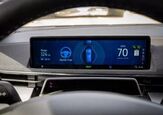
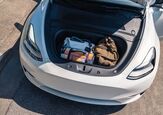


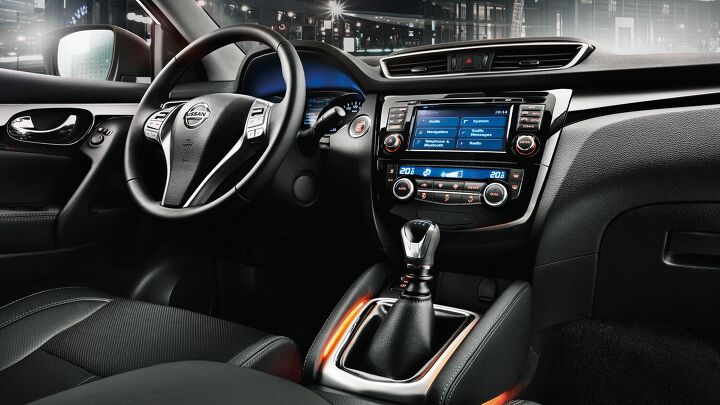















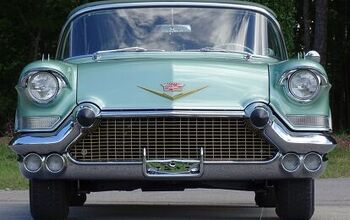
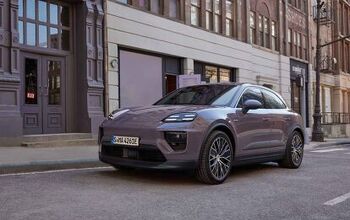
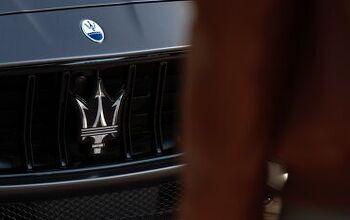
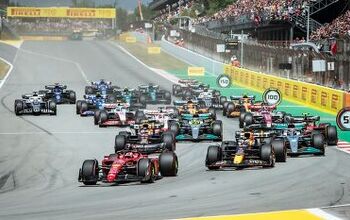



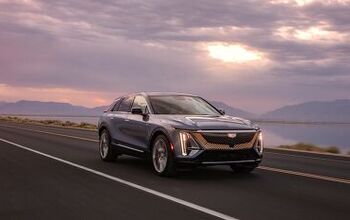

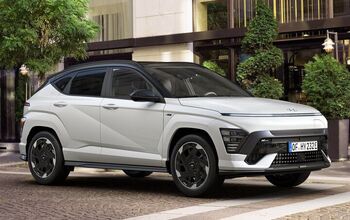

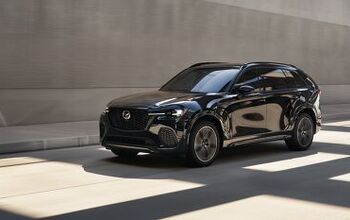
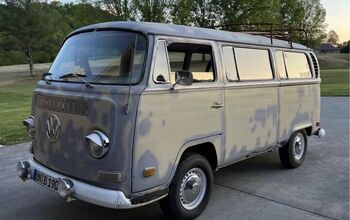
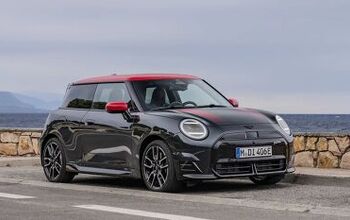
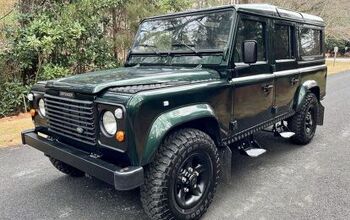
Comments
Join the conversation
I'd rather see the Xtrail II, but that's just me. "front-wheel-drive Qashqai with the six-speed manual is even thirstier, at 10.0L/100km in the city and 8.1 on the highway. That’s the equivalent of 23.5 and 29.0 miles per gallon on the U.S. scale. The front-wheel-drive Qashqai with a CVT is rated at 8.8L/100km and 7.3, city and highway, respectively, equal to 26.7 and 32.2 mpg U.S." In summer plumage the AWD Escape Hybrid is getting 34mpg US, or under 7L/100km.
Fuel economy test numbers for manual vs. auto/CVT can be misleading when you translate them into the real world. There's a thread on the CleanMPG forum where users test the steady state speed (constant speed) vs. MPG of different cars. Wayne Gerdes, the founder of that website, compared the 2016 Honda HR-V 6 spd-MT (25/34) vs. the CVT (28/35). Despite being rated lower, the manual transmission HR-V consistently outperformed its CVT counterpart here: Here are the results from his speed vs. fuel economy chart: 50 MPH: 50.3 MPG for 6-spd manual; 45.3 MPG for CVT 55 MPH: 46.9 MPG for 6-spd manual; 42.5 MPG for CVT 60 MPH: 42.7 MPG for 6-spd manual; 39.4 MPG for CVT 65 MPH: 37.8 MPG for 6-spd manual; 35.9 MPG for CVT 70 MPH: 34.9 MPG for 6-spd manual; 33.7 MPG for CVT I believe this has more to do with the inherent drivetrain loss that comes with automatic/CVT vs. manual. I read somewhere that conventional autos have the most drivetrain loss, followed by CVTs, then manuals. I know the EPA test cycles also involve accelerating and decelerating at various speeds, in which case CVTs may in fact outperform manuals, but I think this is still worth considering depending on the nature of your commute (i.e. urban vs. highway environment).